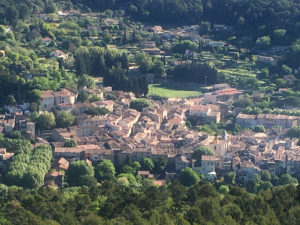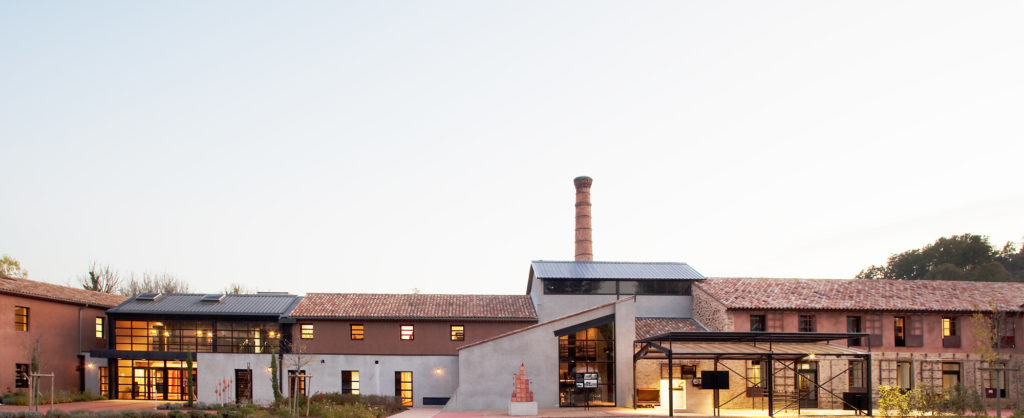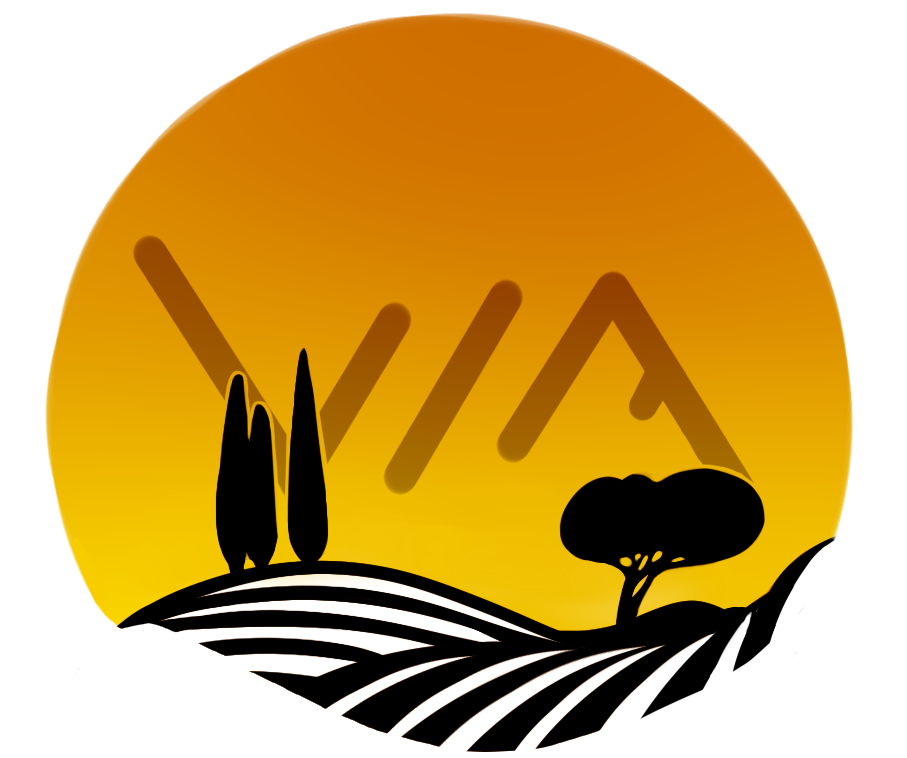

Salernes, a small town in the Var department, in the heart of the Provence-Alpes-Côte d’Azur region, is at an altitude of 220 meters.
The town covers almost 40 km2, the city being located at the foot of the ruins of a medieval castle in a wide valley well irrigated by rivers, including the Bresque and Pelcourt.
Salernes is known for its hexagonal tiles and for its pottery.
TO SEE :
Many remarkable fountains :
the fountain of the Place de la Révolution, the one of the rue Font du Murier
The 13th century Romanesque Saint-Pierre church
The Saint-Jacques chapel (Bon Secours Chapel)
The XVIIth century Croix-de-Solliès Chapel
The Romanesque bridge of the Muie
The Roman bridge, route d’Entrecasteaux
The old washhouse
The Saint-Barthélemy site :
the Saint-Barthéllemy site belongs to the General Council within the framework of Sensitive Natural Spaces.
The site, in the hollow of a gorge sheltering numerous caves formerly inhabited, troglodite habitats, has a votive chapel which hosts a pilgrimage (August 24) and a megalithic tomb of the “tholos de la Lauve”.
The ruins of the feudal castle dominate the village.
Brief historical reminder
From the fifth millennium BC, local clays were exploited by prehistoric potters from the Neolithic era. Excavations have brought to light vases dating back 7000 years and considered to be the oldest in Western Europe. “In many caves and sites in Salernes, old pottery made by the first pastoralists and farmers was found. Essentially functional and for domestic use, these first ceramics were intended to preserve and cook food ”.
Until the Middle Ages the production of ceramics remained artisanal, manufactured and sold for domestic use in the town.
However, from the 18th century on, a more “organized” craft industry developed in particular thanks to the action of Jean-Joseph Cotte, which we could say that he launched the ceramic activity of Salernes. It will be up to Paul Cotte, his great grandson, to give it all its dimension.
The pressure from foreign competition is not new and it was particularly evident in the second half of the 19th century.
But Salernes, thanks to its wealth of raw materials which can be directly exploited on the spot, was able to develop a new production of simple manufacture, the “tomette” was born. The ease of manufacturing and the limited means necessary to set up a factory are the main factors of development of this small industry.
Salernes has since become a prosperous and renowned production center.
“From the second half of the 19th century there were 37 factories; the construction of a railway line in 1892 made it possible to create 45 factories in 1900. Their number rose to 53 in 1913, these factories then employed nearly 1,200 workers and produced up to sixty million pieces per year ” .
The 1950s saw a crisis appear which affected the tomette which saw its demand fall. Far from making the ceramic activity disappear, this crisis, a real challenge, will mobilize businesses. The production apparatus will be modernized, new products are created making a large place for glazes.
Today a dozen manufacturers perpetuate the traditions of excellence in the production of architectural ceramics. In addition, many pottery workshops reinforce the ancient vocation of the city. Immemorial vocation since the ceramic activity is attested more than 7000 years ago as shown by the pieces from local excavations and exhibited at the Terra Rossa Museum.

TERRA ROSSA MUSEUM
House of Architectural Ceramics
The municipality of Salernes wanted to affirm the permanence of a tradition that has marked its history.
Thus was born the Terra Rossa Museum.
This architectural complex of 3,800 m2 was designed and produced by Jean-Michel WILMOTTE whose creations are widely known internationally. He has designed several major museums both in Europe and on other continents.
The gardens are the work of Jean MUS.
From an old factory dating back to the XIXth century and which remained in activity until towards the end of the XXth, the architect knew how to bring out a coherent whole uniting traditional materials and technologies of today, contemporary esthetics and living traces from an industrial past.
It was indeed essential to highlight the working vocation of the city, a vocation that has built its history.
The aesthetic success of these buildings is remarkable and accounts for a lot in the attractiveness of the museum.
A TRIPLE VOCATION
The House of Architectural Ceramics, which has been called Terra Rossa, has three vocations :
– Save memory
– Promote local productions
– Celebrating the contemporary expression of creative ceramists
Mastery of earth and fire from the dawn of time
A paleontological and archaeological room presents a set of remarkable pieces from local excavations carried out, mostly on the Font-Brégoua site in Salernes.
At the time of the tomettes
A reconstruction of the workshops of the last century with their “strange machines”, where the famous “tomettes” were produced, allows you to discover ancestral skills.
A DAILY ART
An exhibition of more than 2,000 decorated tiles, from the Middle Ages to the last century through one of the most prestigious European private collections, acquired by the municipality. Artists, naive painters or masters of the line have witnessed to life and their daily environment.
TEMPORARY ARTISTIC EXHIBITIONS TURNING TODAY’S CREATION
The Maison de la Céramique Architecturale has been designing and organizing exhibitions every year since 2010, demonstrating a demand for quality that has caught the attention of the general public as well as specialists.
In 2010, Terra Rossa welcomed the first ceramics produced by Daniel Buren, whose international reputation is no longer to be highlighted.
Since then and each year Terra Rossa welcomes the works of many artists including historical masters such as Zao Wou Ki, Bogart, Karel Appel, Corneille, Waydelich, Folon, Chu Teh Chun, Miotte, Foubert, Lucio Fontana, Asger Jorns, Wifredo Lam, Sosabravo, Gilbert Portanier etc …
Finally Terra Rossa is also meeting and seminar rooms, administrative premises as well as training workshops.
VIA, which was welcomed by the museum from 2017 to the end of 2018 in the educational center for its activities related to the transmission of know-how, has also organized some exhibitions of contemporary ceramics there.
In summer, concerts and cinema screenings take place in the gardens.
This complex was created thanks to the involvement of essential partners : Europe, State, Regional Council, General Council without forgetting the City itself.
